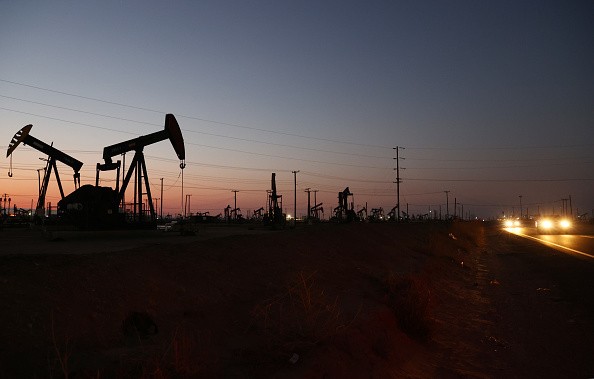NASA scientists developed a tool that could help limit global warming and detect major methane emissions.

Reducing methane emissions could help avoid the warming of the ocean and its catastrophic impact on communities and animal kingdoms.
Global warming and Methane emissions
Global warming and methane emissions have been a major concern for their concerning impact on the environment, affecting humans and animals.
NASA scientists developed a tool that could detect methane levels worldwide, which could be useful to address the problem quickly and limit global warming.
According to the National Geographic, global warming worsens due to the continuous burning of fuels.
Human-cause activities have also contributed to global warming and climate change.
Furthermore, the UN Environment Programme said methane emission aggravates climate change's impact.
The report showed that methane is a powerful pollutant and greenhouse gas that could contribute to the warming of oceans.
Meanwhile, it added that methane helps to form hazardous air pollutants that account for 30% of global warming.
The report also added that cutting the emission of methane could help the environment by mitigating the effects of climate change.
Environmentalists have advocated the reduction of methane in developing countries and a commitment to fight global warming.
New tool
According to a recent report, NASA developed a new tool that could spot methane emitters. NASA used the Earth Surface Mineral Dust Source Investigation (EMIT), an instrument to observe the effects of airborne dust on Earth's climate
The article was published on the Phys.org website.
It showed that NASA detected 50 spots of major methane levels worldwide.
According to NASA Administrator Bill Nelson, the development would help scientists to locate the methane leaks and how they could be quickly addressed.
Researcher Andrew Thorpe explained that it exceeded their expectations based on what they discovered.
Thorne is also a part of EMIT.
The tool did observe the 50 super-emitters of methane gas in the world, especially in the Middle East, Central Asia, and the Southwestern United States.
It showed that the emissions came from fossil fuels, agricultural sectors, or waste, according to the report.
The report also explained that the Earth Surface Mineral Dust Source Investigation tool installed in July on the International Space Station could only look into areas like a soccer field.
What is amazing about the device is that it can detect methane, adding that methane is a key factor in global temperature rise affecting the animal kingdom and glaciers.
Also Read : How Old Historical Maps, Drawings and Photos Help Researchers Find Methane-leaking Oil Wells
With the tool, it has the potential to locate super emitters in the world from known and unknown areas.
Unlike carbon dioxide, methane is said to stay in the atmosphere for almost a decade.
NASA's chief scientist, Kate Calvin, said that the Earth Surface Mineral Dust Source Investigation (EMIT) could measure and observe the greenhouse gases driving climate change.
Calvin is also a senior climate advisor.
The report added that NASA detected the following methane plumes in different countries:
- Mexico, southeast of Carlsbad, Permian Basin, recorded methane plumes up to 3.3 kilometers (two miles long)
- In the south of Tehran, a waste-processing complex showed a methane plume of 4.9 kilometers (at least three miles long).
Related Article : Why the Nord Stream Methane Leak Can Threaten the Environment
For more similar, don't forget to follow Nature World News.
© 2025 NatureWorldNews.com All rights reserved. Do not reproduce without permission.





